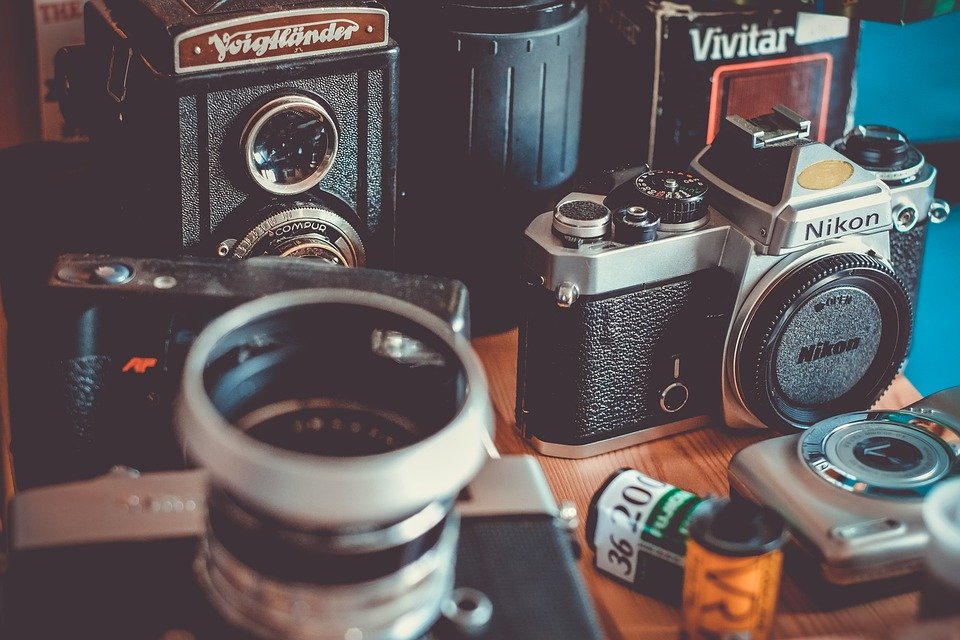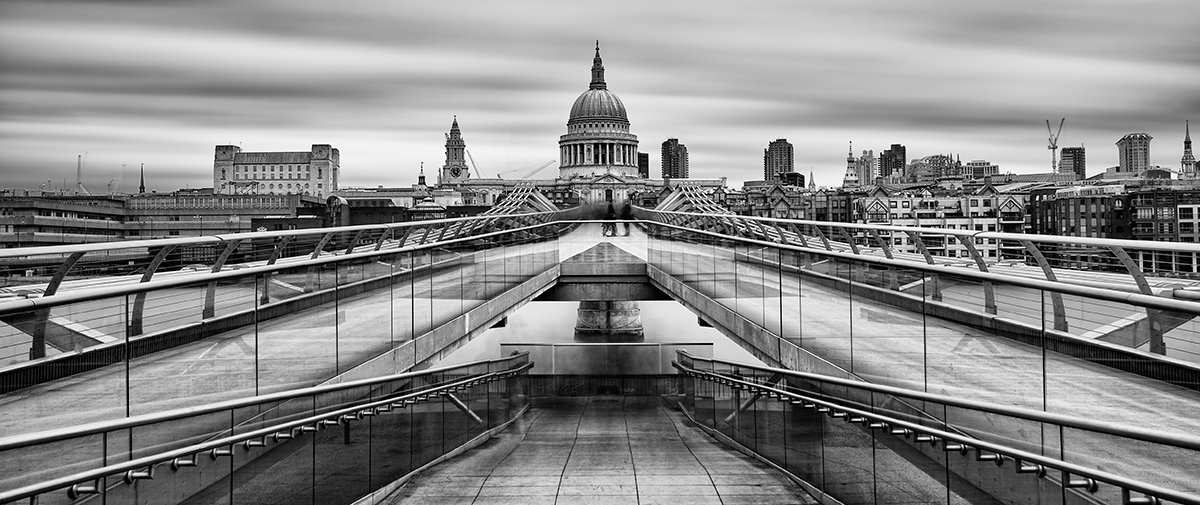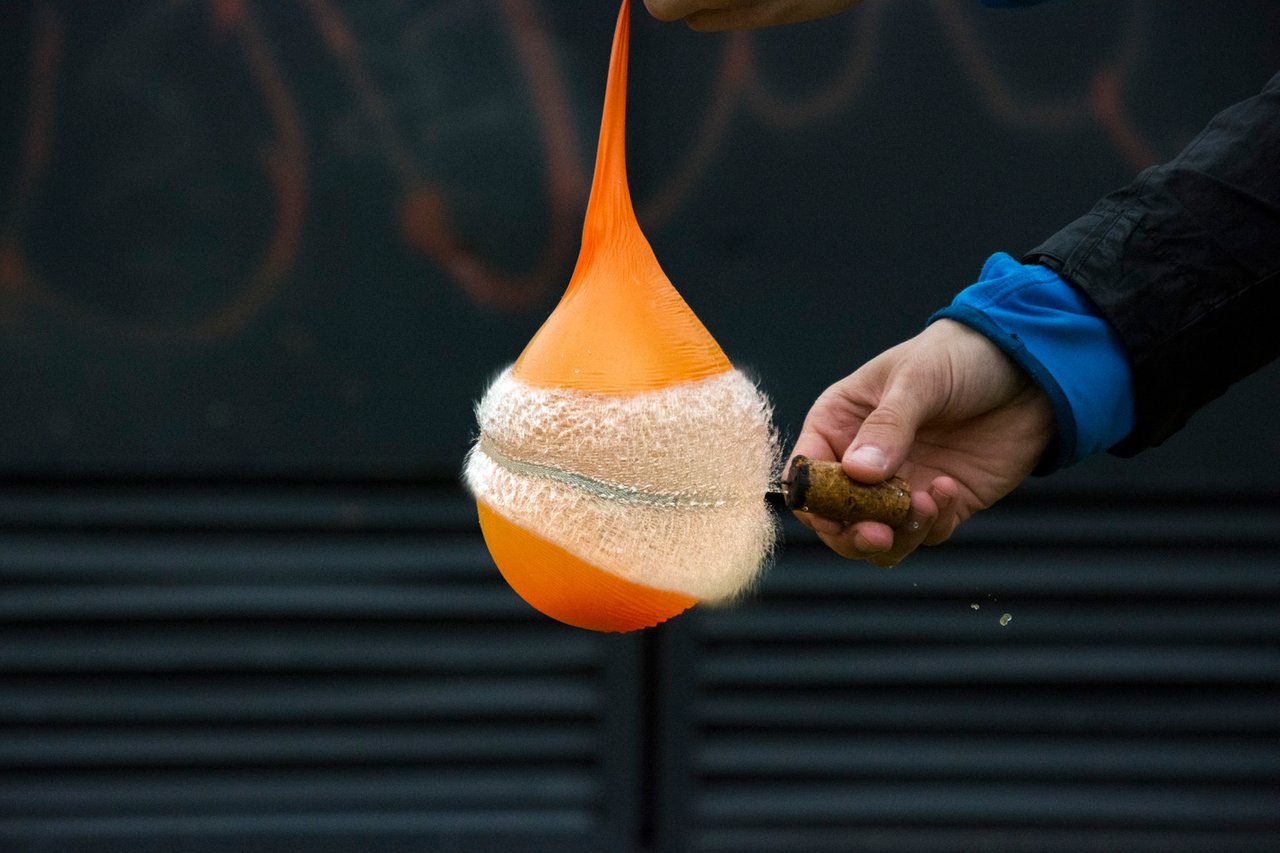
Shutter Speed
Exposure time or shutter speed is the amount of time the sensor or film gets exposed to light. Shutter speed is affecting the incoming light proportionally: 1/50th shutter speed will let in half the light of a 1/25th shutter speed, meaning it's effectively one f-stop lower.
Shutter speed is measured in seconds. It's mostly displayed as fractions of seconds like 1/500th, 1/250th etc. On the longer end it gets back to regular seconds like 10s, 15s, 30s etc.
It's really easy to set the right shutter speed, because most cameras have doubling values in the selection. Meaning if you are shooting with a shutter speed of 1/60th and need a reduction of 2 stops you can choose to set the shutter speed to 1/250th.
Just like we previously discussed how aperture settings are divided to steps that halve the amount of light, also shutter speed is mostly divided to steps which make it easier for the user to set the required shutter speed quickly.
The right shutter speed: Motion blur
Although shutter speed effects the amount of light we let in the camera, we can not always choose our shutter speed according to that, because it effects the way our image turns out. If we shoot with a high shutter speed we'll get a freezing effect (birds frozen in the sky), shooting with a slow shutter speed we'll get motion blur (birds will look like ghosts).
Motion blur is not only caused by moving targets, but also or hands. If we move the camera while the shutter is open, the image will get fuzzy.
Normally we tend to shoot with a shutter speed above 1/60th. That does mitigate the motion blur caused by our hands.
With higher focal lengths we'll need a higher shutter speed to cancel out the motion blur, because high focal lengths are zoomed in, you'll notice small movements of your hand much strongly and also the subject moves very quickly out of frame. It's useful to set the shutter speed at minimum to your focal length: 50mm and 1/60th, 100mm 1/100th, 20mm 1/200th etc. *Using a tripod can let us a slower shutter speed, because it eliminates most of the motion blur caused by our hands. Shooting with a very low shutter speeds usually always requires a tripod to work.
When choosing the right shutter speed we must also take into account what kind of an effect we want in our image.

High shutter speeds freeze everything in place.

Really slow values enable us the effectively lose most moving subjects in the image.

And everything in-between gives us cool ghost/fluid effects.
There is no right or wrong here. It's up to the photographer to decide if the final image should show motion or not and how much.
Here are some of my own examples of different shutter speeds:

~40min

15s

5s

20s

20s

1/10th


1/800th

1/1000th

1/8000th


